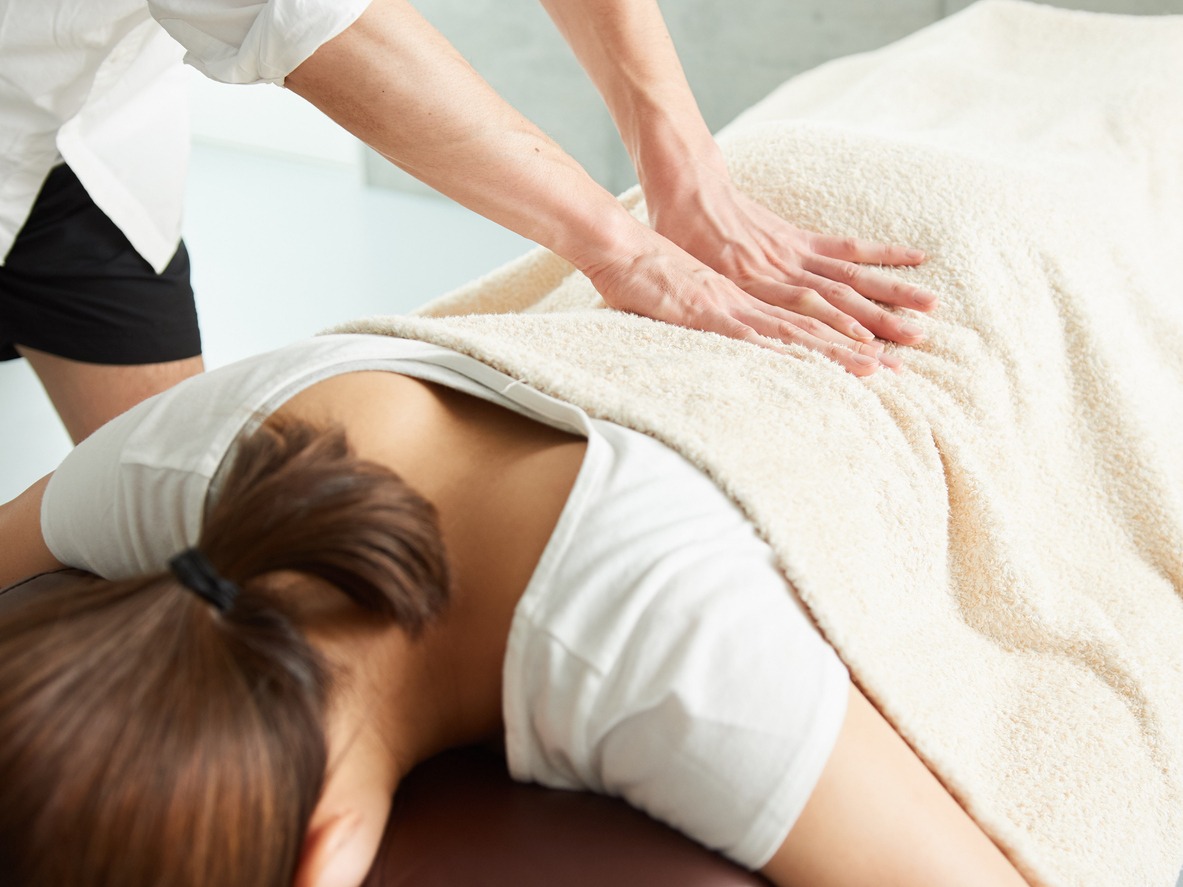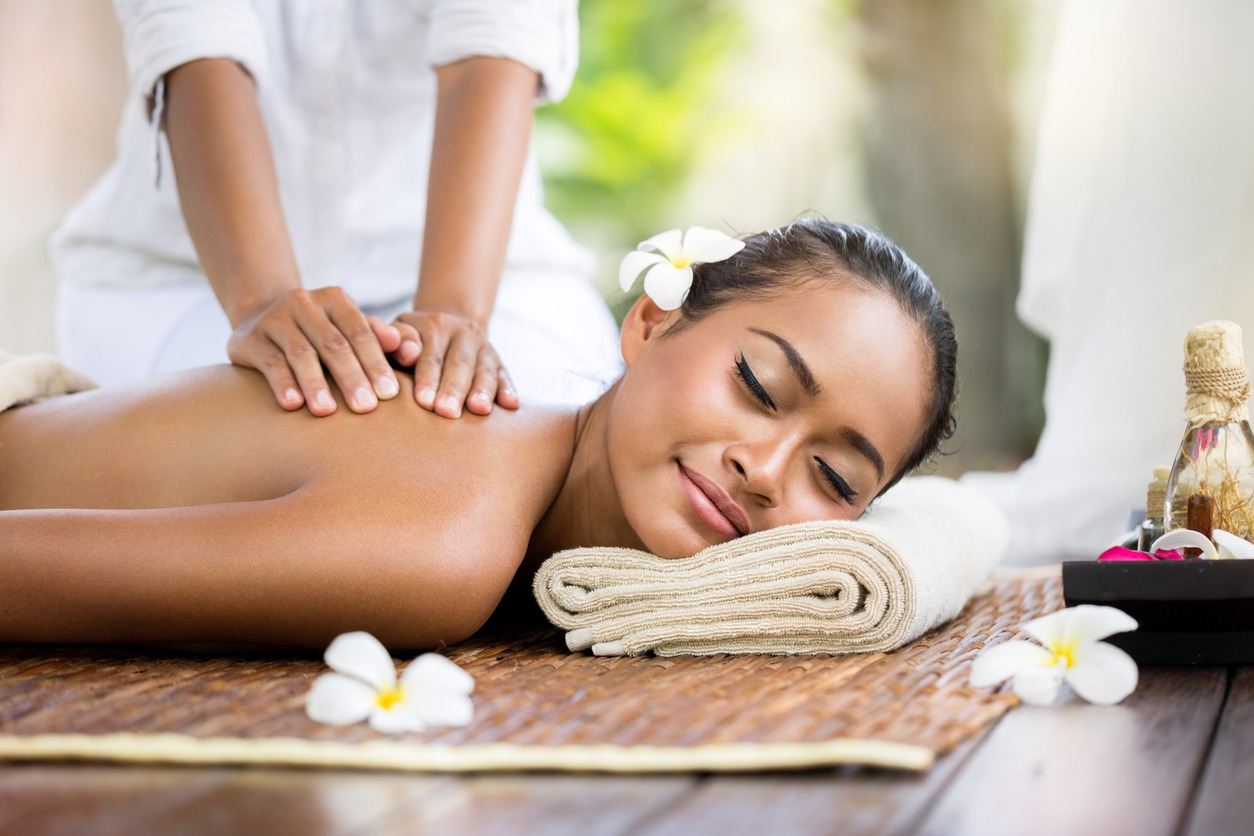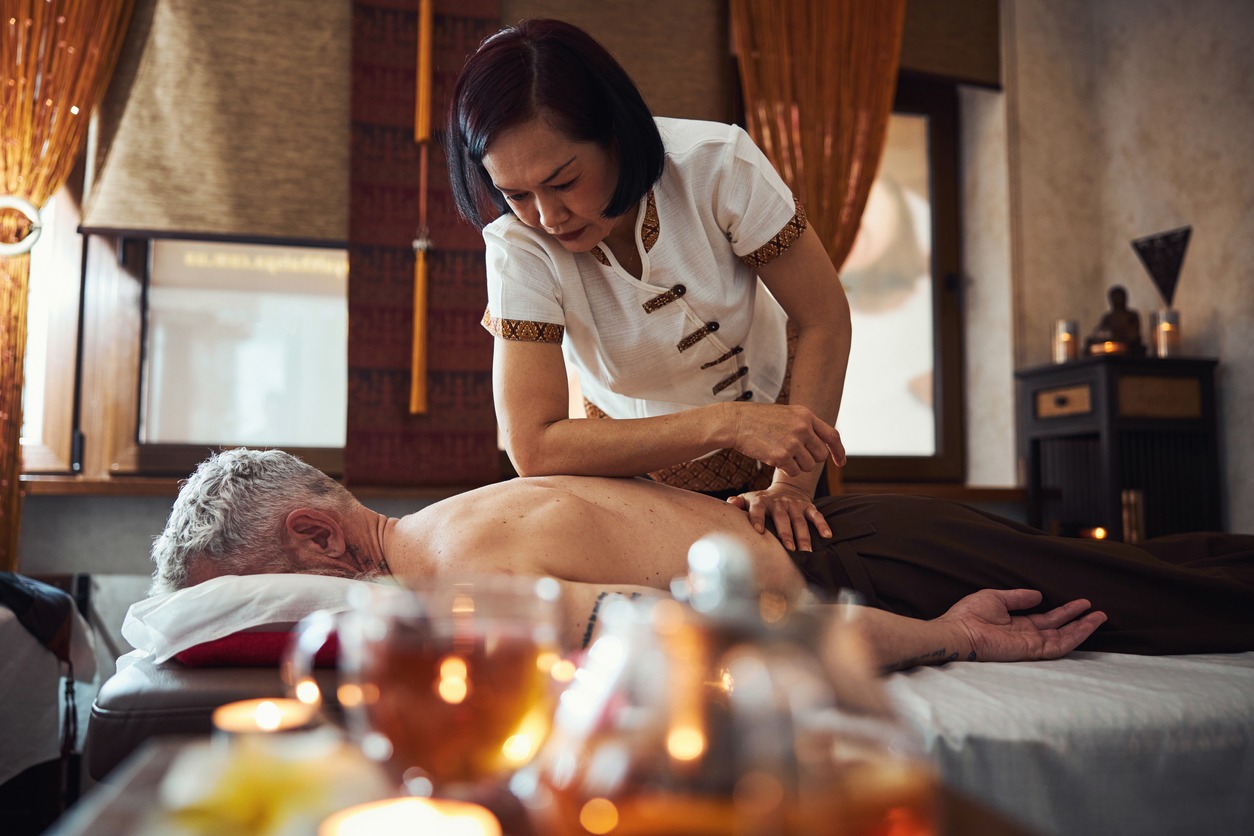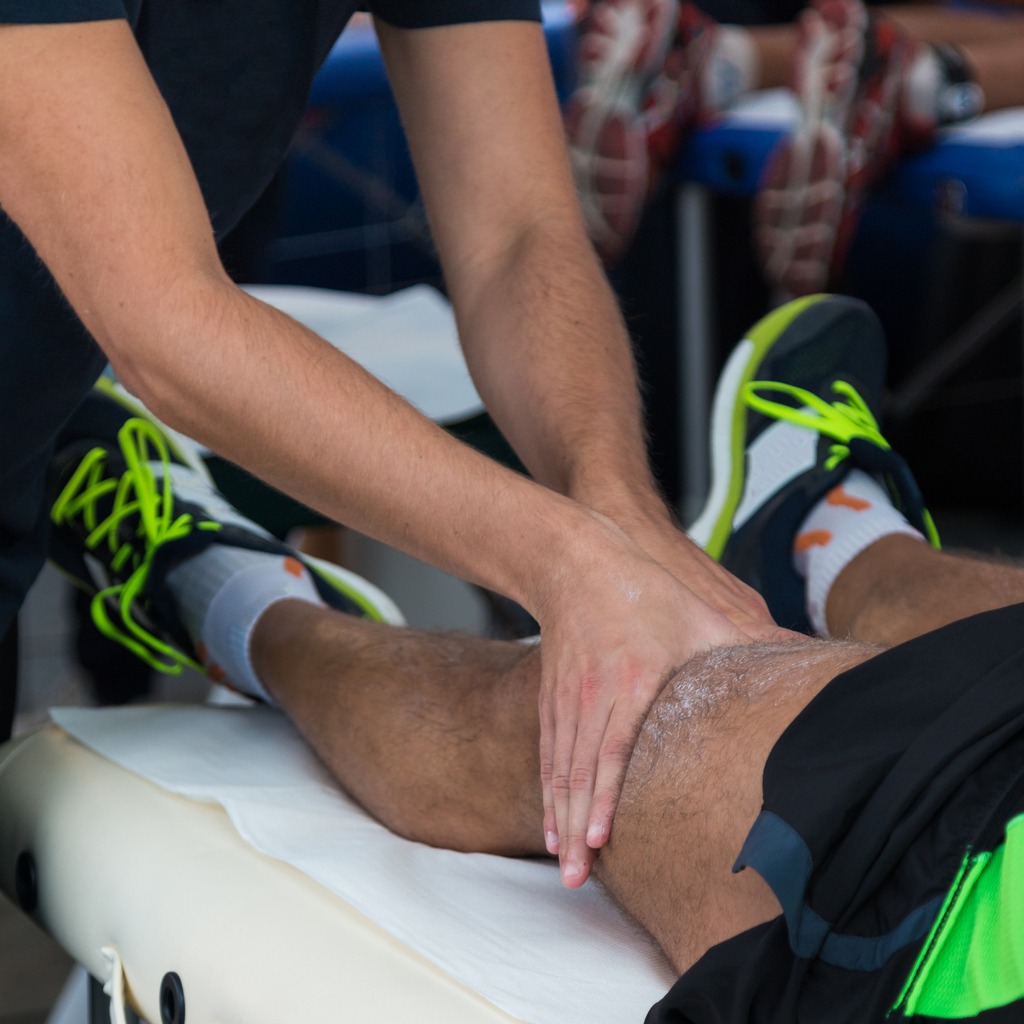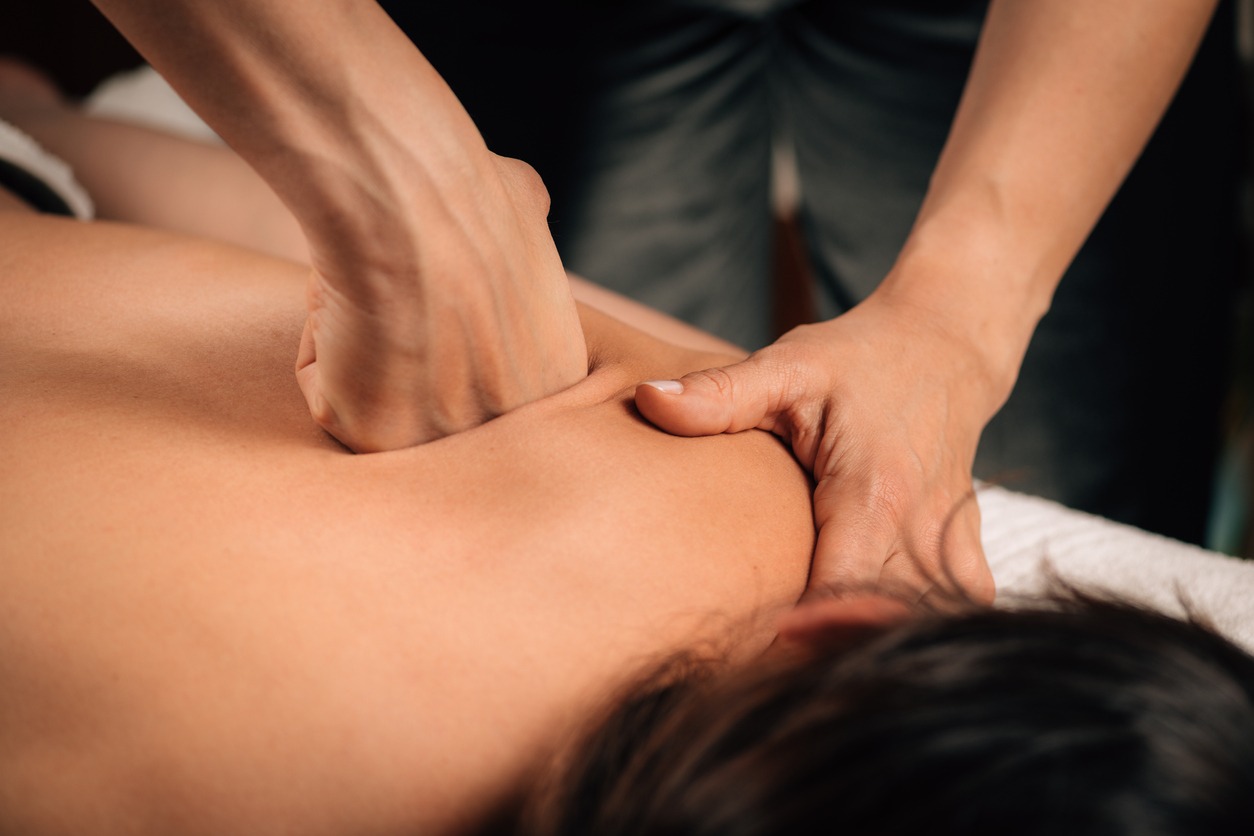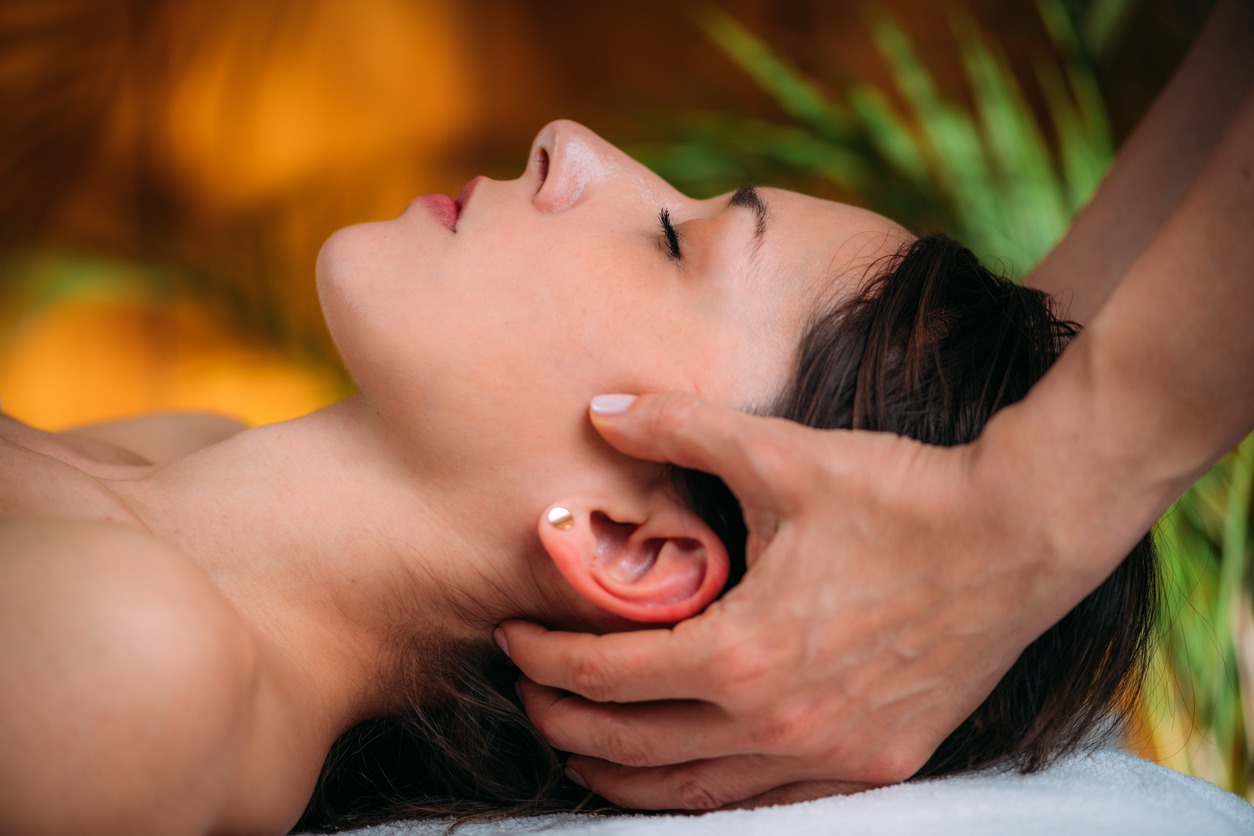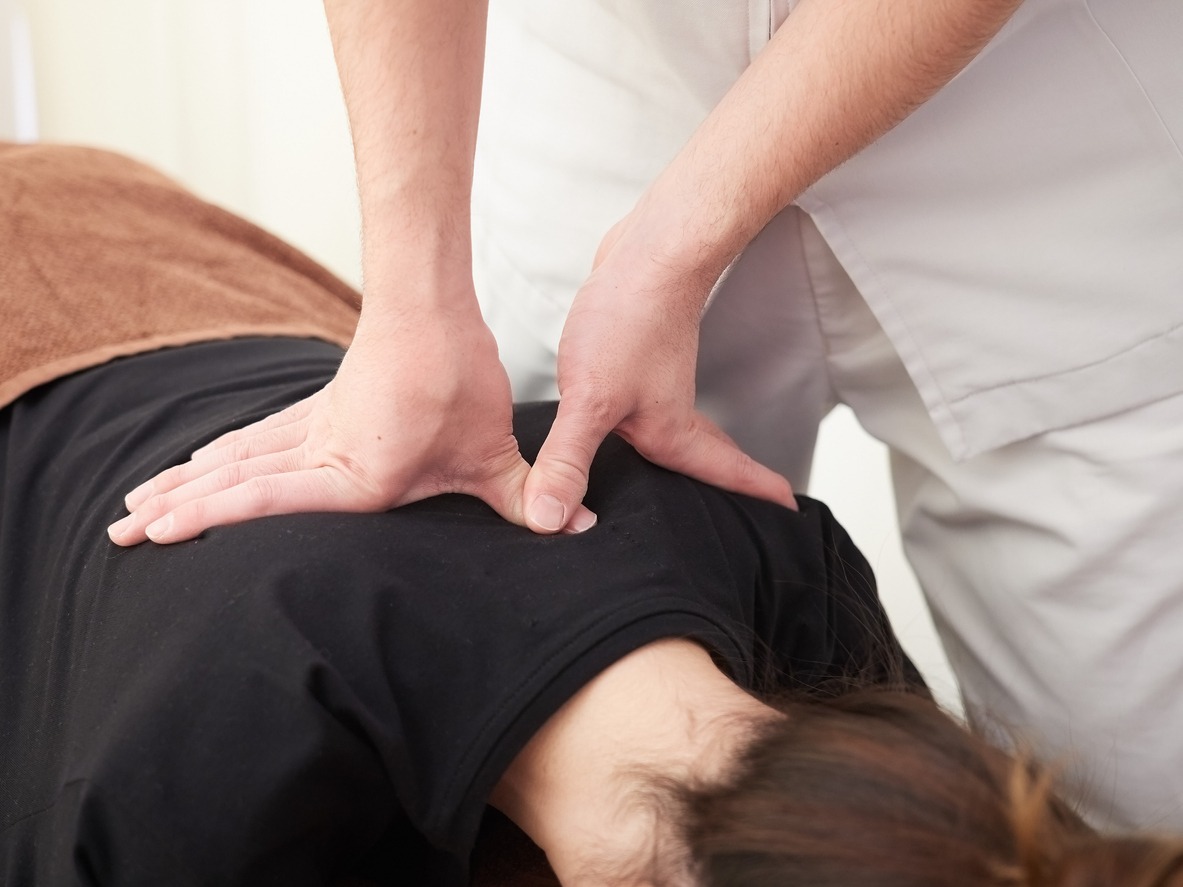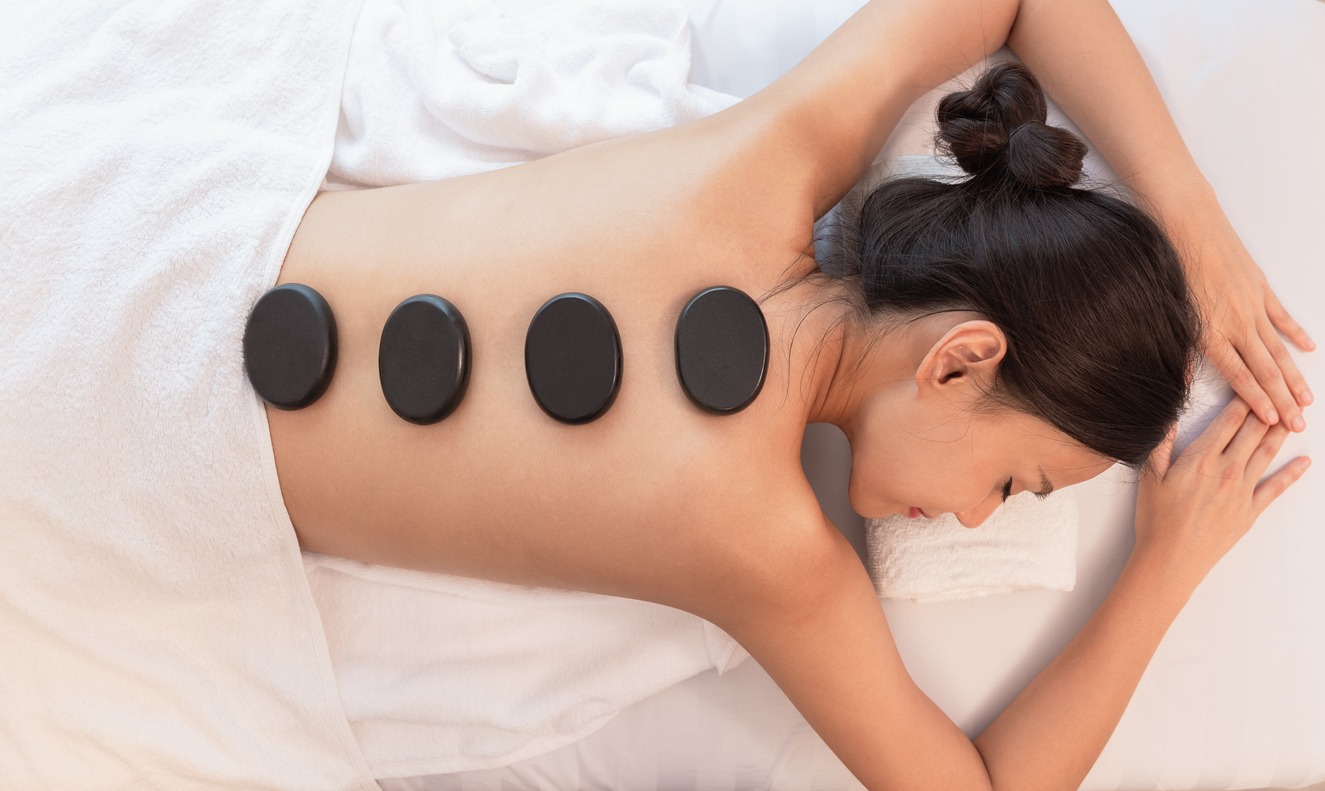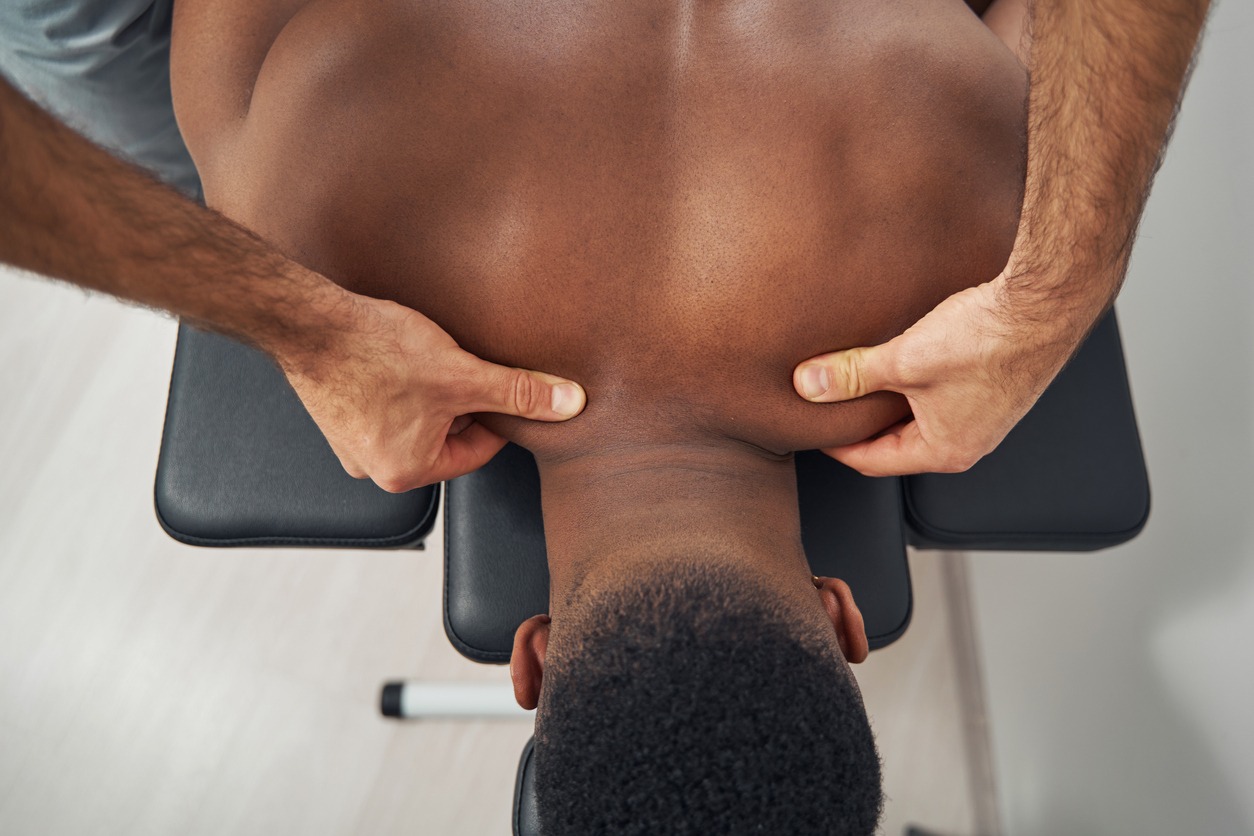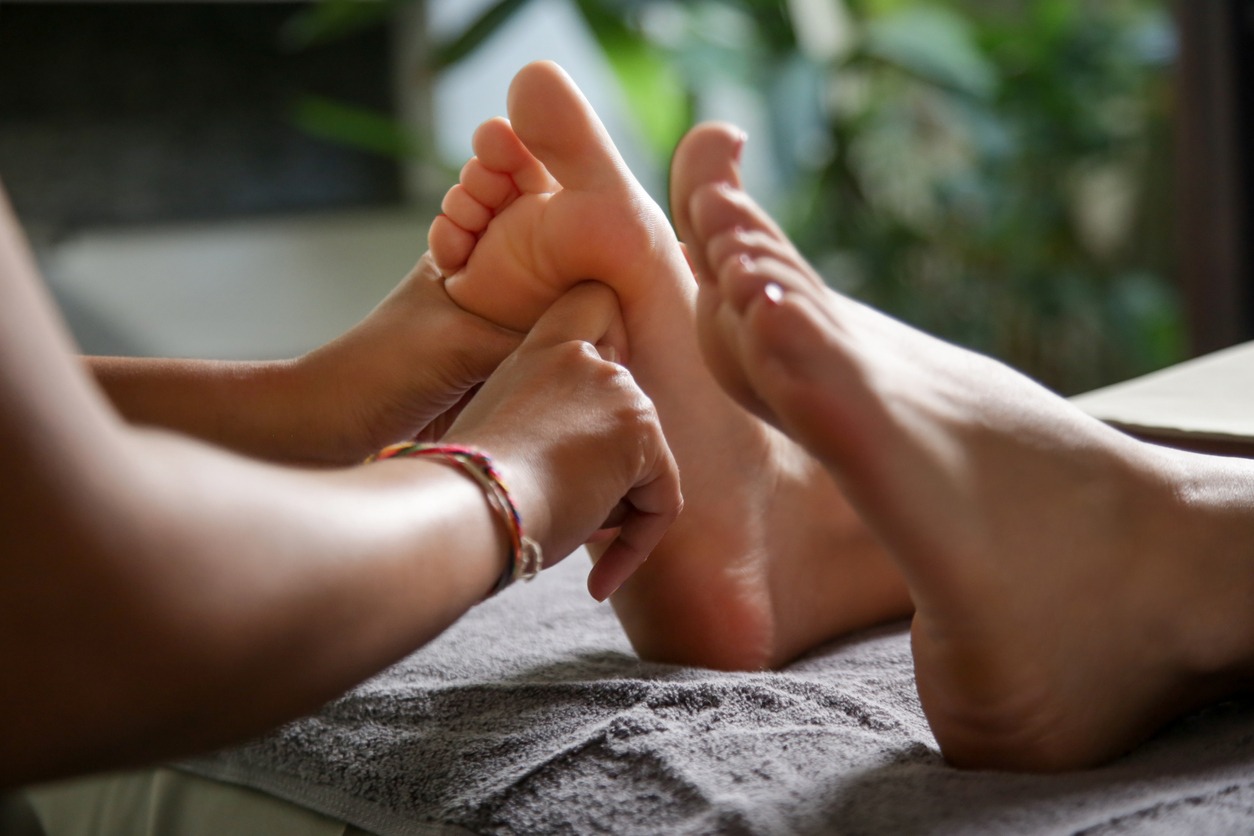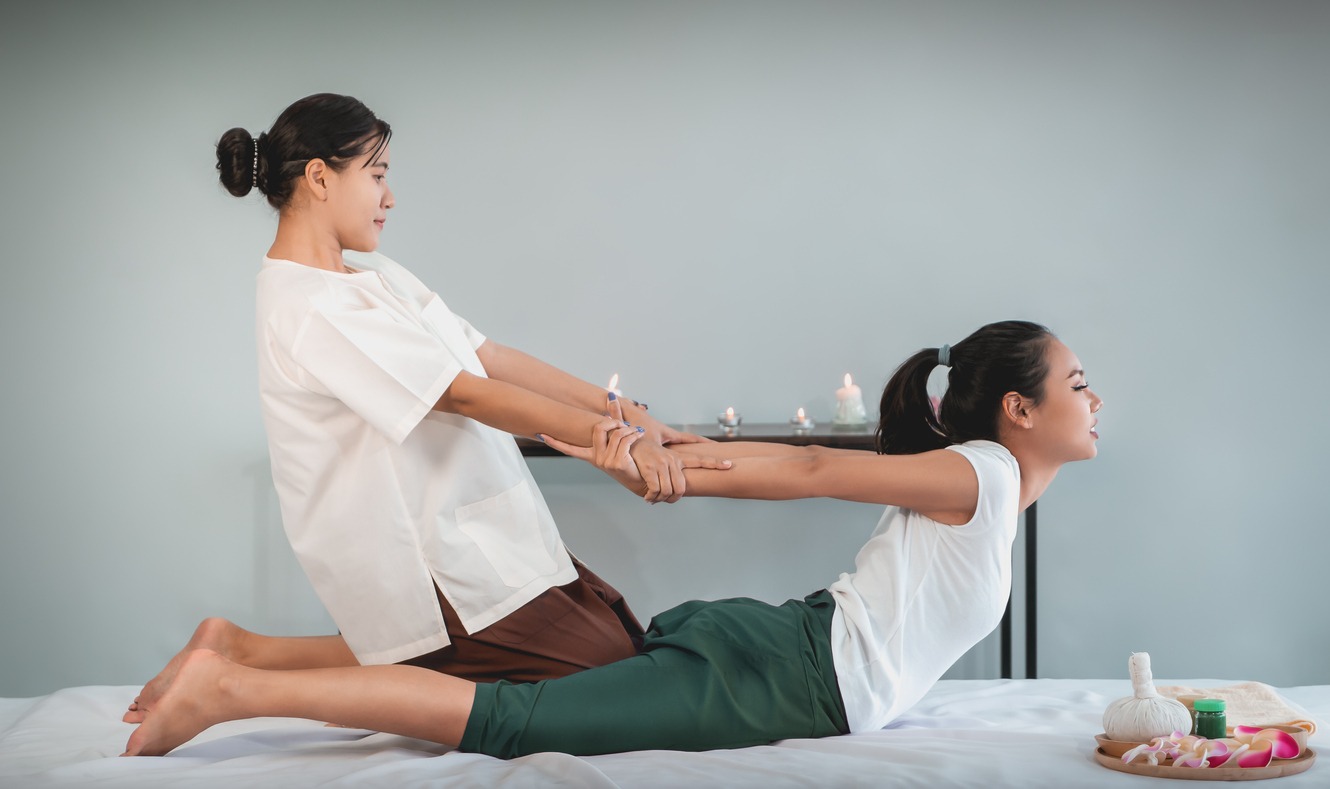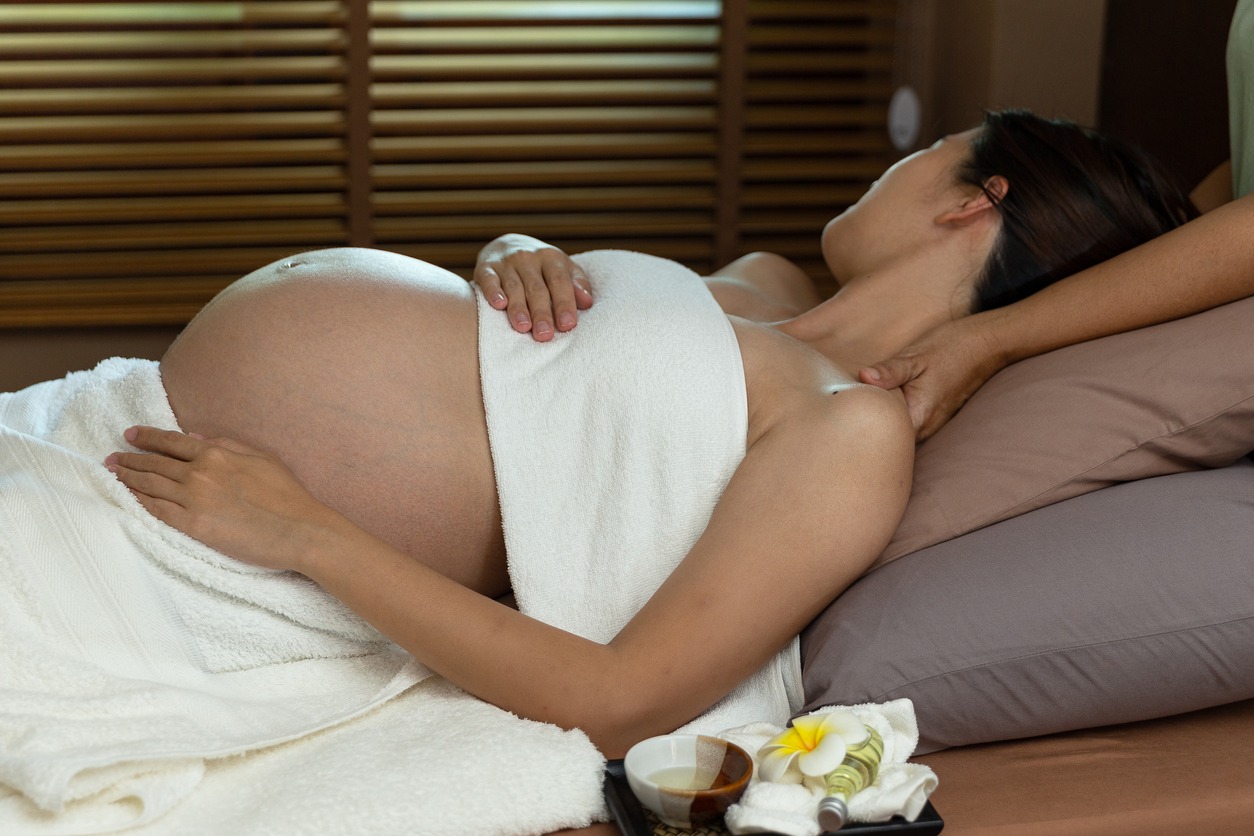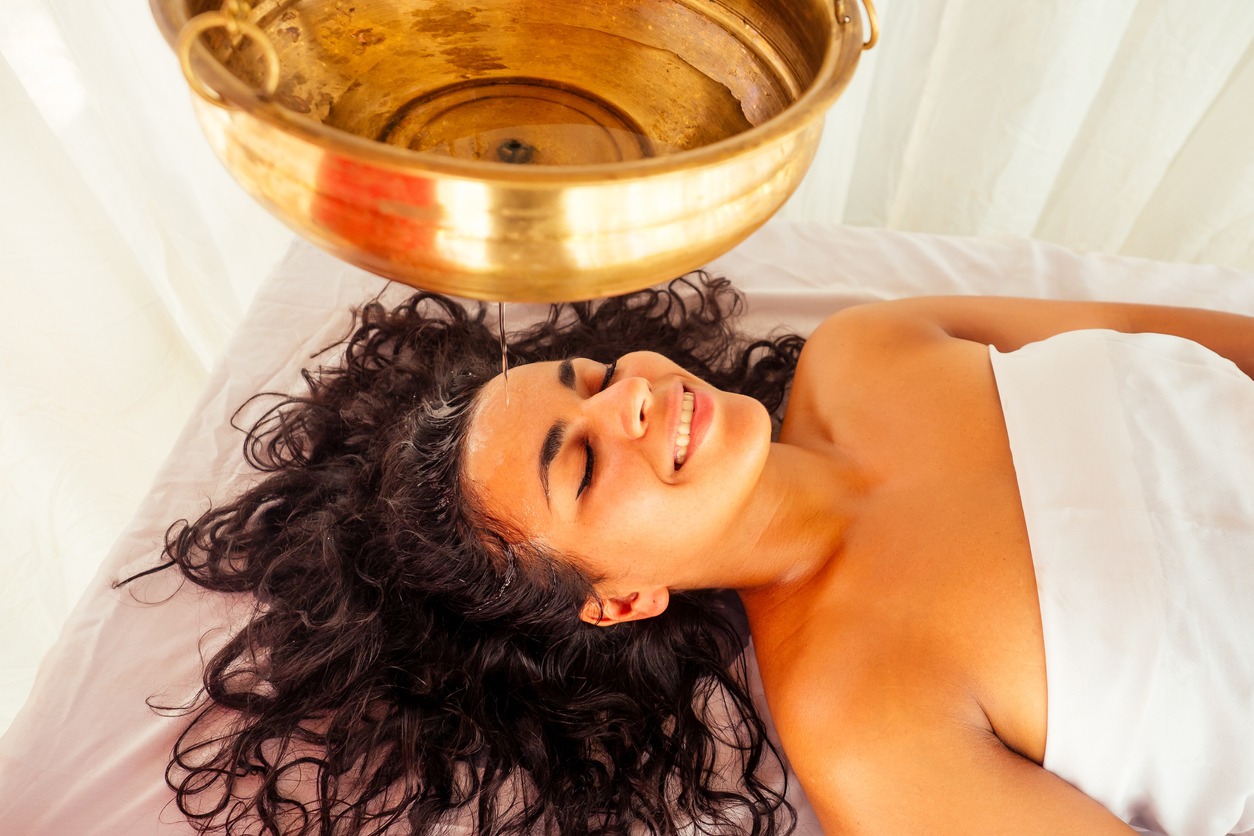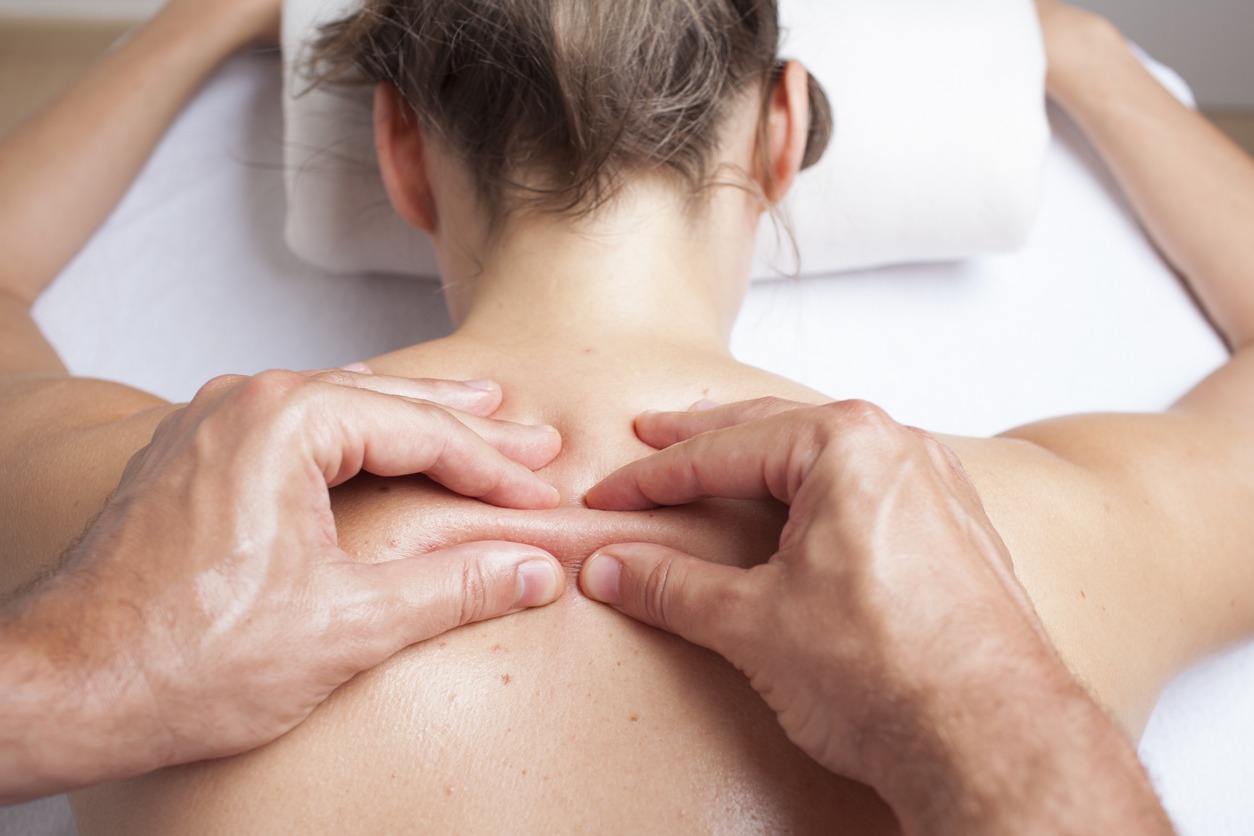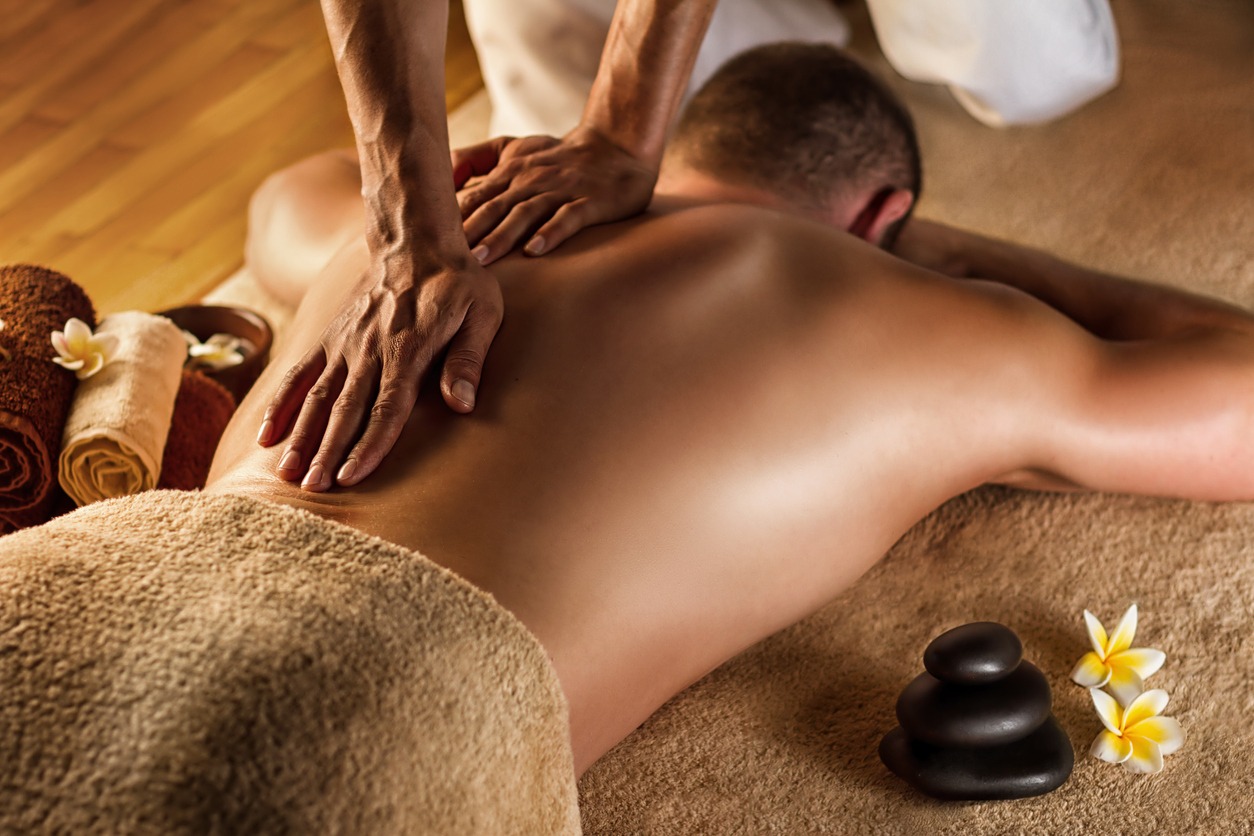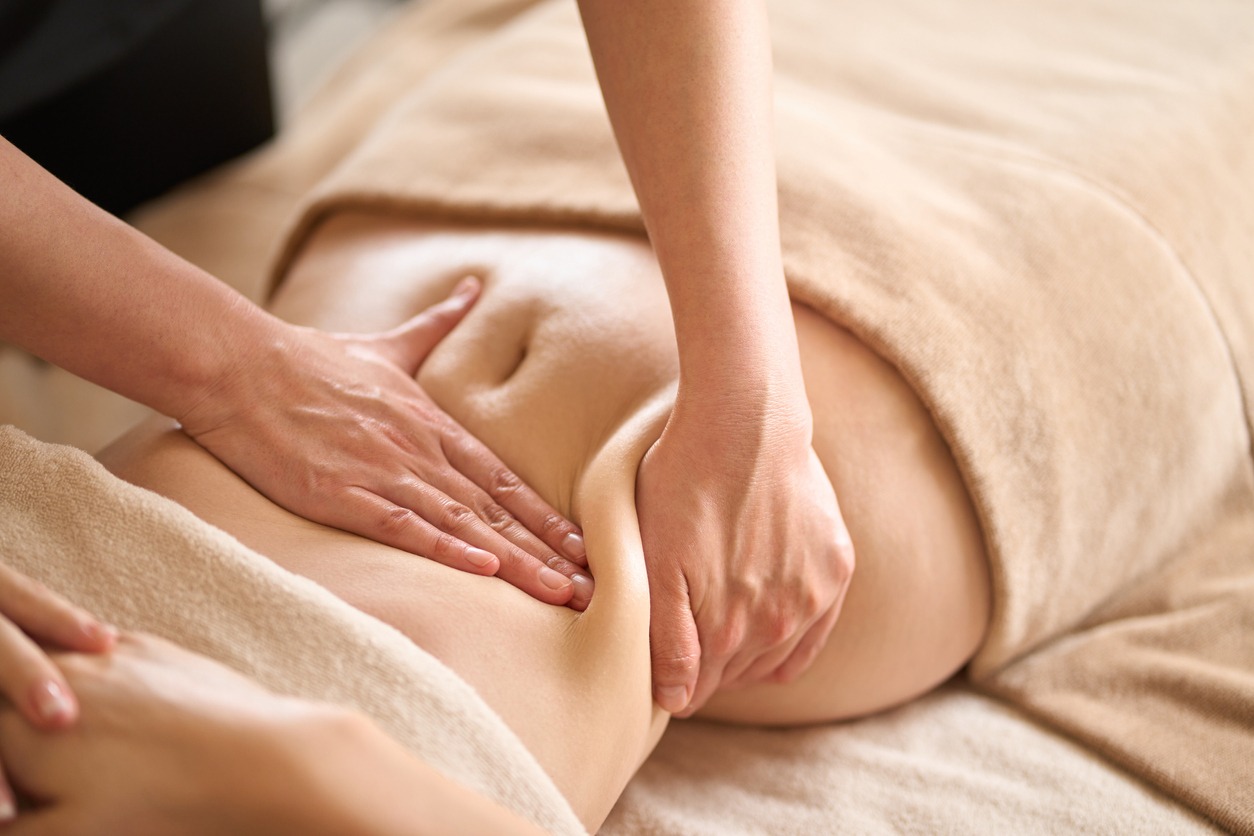For many years, massage therapy has been practiced, and at the present time, it is still one of the popular forms of natural healing and relaxation. It is used to help manage a health condition or enhance wellness. Massage therapy involves manipulating the soft tissues of the body, and it is one of the earliest tools that people used to try to relieve pain. It is also one of the best alternatives to taking over-the-counter pain relievers when you are feeling stressed and sore.
If you are interested in learning more about massage therapy, you’re in the right place. In this article, we are going to provide you with more information about it, such as its definition, history, types, health benefits, and more. This way, you will be more knowledgeable about what massage therapy really is and the different options that you can try. If you are ready to learn, read on as we’re giving you the ultimate guide to massage therapy and its benefits.
What is Massage Therapy?
Massage therapy is a hands-on therapeutic practice that involves manipulating the soft tissues of the body, such as the muscles, tendons, ligaments, and connective tissues in order to promote physical and emotional well-being. It is a holistic approach to healing and relaxation that has been practiced for hundreds of years and is rooted in different cultural traditions.
There are a combination of manual techniques that massage therapists use, such as kneading, stroking, pressing, and rubbing, using their hands, fingers, elbows, forearms, or specialized tools, to apply pressure and manipulate the soft tissues of the body. The intensity of the massage can also be adjusted to meet the different needs and preferences of the client.
Massage therapy is often performed in a professional setting, usually in a quiet and soothing environment. The therapist may utilize massage oils or lotion to facilitate smooth movements and enhance the overall experience. A massage session may range from 30 minutes to 90 minutes or more, depending on the goals and needs of the client. Overall, it is a versatile and beneficial practice that combines the power of touch, skilled techniques, and therapeutic intention to promote physical, mental, and emotional wellness.
The History of Massage Therapy
There has been archaeological evidence of massage that has been found in many ancient civilizations. Ancient cultures from different parts of the world found that natural healing and massage could relieve pain, heal injuries, and prevent or cure illnesses. Read on below to learn more about the fascinating history of massage therapy.
Ancient Roots of Massage Therapy
The first written records of massage therapy are found in China, Egypt, and India. During these times, massage was performed almost exclusively by the ancient equivalent of modern doctors.
It was in India where the first known written massage therapy traditions come from. However, the practice may have actually originated around 3000 BC or earlier. Hindus used a practice referred to as Ayurveda, which means life health or life science in English. It combines meditation, relaxation, and aromatherapy, and is still being practiced at the present time. [1]
The first known text on massage therapy is in Chinese, which dates back to 2700 BC. [1] It was in the book called The Yellow Emperor’s Classic Book of Internal Medicine, which was still used thousands of years later. In 1949, it was published in English and has become a staple in massage therapy training. It is also used as a textbook for teaching other forms of alternative medicine, such as herbology, acupuncture, and acupressure.
There were also Egyptian tomb paintings from 2500 BC that show massage therapy was also part of their medical tradition. These also give Egyptians credit for pioneering reflexology. Their studies and traditions influenced other cultures greatly, such as the Romans and Greeks.
From 1000 BC, Japanese monks studying Buddhism in China observed the healing methods of traditional Chinese medicine, which include massage therapy. Soon, Japan started to import and customize Chinese massage techniques, giving rise to traditional Japanese massage or anma, which later on became Shiatsu.
Introduction of Massage to Greece
Around the 8th century, massage derived from Eastern philosophies and practices progressed into Western civilization. Athletes in Ancient Greece used massage to keep their bodies in peak condition before competitions. Physicians back then utilized herbs and oils along with massage techniques to treat different medical conditions. Greek women discovered the benefits of aromatic oils and used them as beauty treatments for their skin.
In the 5th century BC, Hippocrates described friction as a treatment for physical injuries and instructed his doctor colleagues on the benefits of rubbing to help the body heal itself. He also promoted a combination of massage, exercise, proper diet, fresh air, rest, and music to restore the body to a healthy state. [2]
Introduction of Massage to Rome
During the 1st century BC in Rome, a physician to many emperors named Galen, started using massage therapy to treat various types of physical injuries and diseases. He followed the principles of Hippocrates and believed in massage, exercise, a healthy diet, and rest as important parts of restoring and maintaining a healthy body.
Wealthy people during these times received massages in their homes by personal physicians. However, a lot of Romans were treated in public baths where trainers and doctors provided massages. The recipients would first bathe themselves and then receive a full body massage to loosen their joints and stimulate circulation. The massages also utilized oils to benefit the skin. [2]
The Popularity of Massage Therapy in Europe
There had been a decline in the popularity of massage therapy in the West until around 1600 BC. During these times, scientific breakthroughs in medical technology and pharmacology were transforming the foundation of modern medicine. With this, manual methods of healing faded from view.
From 1600 to 1800, many doctors and scientists observed and documented the benefits of massage therapy. But Western techniques made only a few advances until the 19th century. A Swedish physician named Per Henrik Ling developed the Swedish Gymnastic Movement System in the early 1800s. It incorporated massage with medical gymnastics and physiology. Some of the techniques involved were squeezing, pressing, striking, and stroking to manually treat physical issues. [2]
Massage Therapy in the United States and The Present Time
There was an increasing number of new and rediscovered massage techniques that were documented and practiced through the early part of the 20th century. Massage was particularly used to treat World War I patients who suffered from nerve injury or shell shock. But massage therapy remained out of the mainstream as a form of treatment for a lot of years. It was seen as a luxury reserved only for the rich people. Also, the reputation of massage therapy endured another unsavory period with the advent of massage parlors where the practice became associated with the sex trade.
In the latter half of the 20th century, massage therapy was revitalized due to the rising interest in natural healing methods. There are more and more states that began to regulate the practice, and industry standards in licensing and education emerged. With this, massage therapy earned a place as a legitimate and respectable form of alternative and complementary medicine. [2]
At the present time, massage therapists practice a multitude of techniques originating from ancient methods. From those roots, their goal remains, which is to help others heal their physical and emotional well-being and experience a higher quality of life.
Different Types of Massage Therapy
The goal of massage therapy is to slow down your nervous system in order to release stress and tension, provide relief from symptoms, support wellness, and heal injuries. Massage therapy also comes in all shapes and sizes, and each of them has its own unique benefits to cater to people’s different needs and preferences. Below are some of the different types of massage therapy:
Swedish Massage
If you are feeling stressed, a Swedish massage is the best choice for major relaxation. It is usually a full-body massage that utilizes a gentle touch. If it is your first time to try massage therapy, a Swedish massage is a good choice, and it can also help calm your nervous system. In addition to that, this type of massage is a good avenue for encouraging a relaxed emotional state of mind that can directly affect your muscles.
In a Swedish massage, a traditional massage therapist usually applies stroking, kneading, and friction to loosen muscular tension and increase blood circulation. Massage oil is also often used to ease hand strokes and movements. This type of massage usually lasts between 35 to 60 minutes. Before the massage therapy begins, you should expect a consultation to ask about your lifestyle and health or if you have any specific tough spots or areas to avoid.
Aromatherapy Massage
This type of massage therapy incorporates the use of essential oils into the massage experience. Blending massage and essential oils together can promote relaxation and may also relax or energize you, depending on the type of scents your massage therapist chooses. Some will also ask you first if you have specific essential oils that you want to use. For example, you can choose lavender if your goal is to be relaxed, or cypress if you need to be relieved from muscle pain.
Sports Massage
Since athletes work their bodies hard, there is a whole industry that is specifically tailored to sports massage. It can be done before, during, or after athletic events. A sports massage can help relieve pains that are performance-related. It also promotes flexibility and may even ward off potential injuries for athletes. Many massage therapists combine massage techniques, such as acupuncture or deep tissue massage, to tailor to the specific needs of an athlete.
Deep Tissue Massage
The goal of a deep tissue massage is to relieve severe muscle tension. It is a very effective massage therapy if you have musculoskeletal disorders, chronic muscle pain, tension, and postural problems. In this type of massage, therapists usually use their hands, knuckles, and elbows. However, if you are suffering from inflamed joints or ailments like lupus, you have to avoid deep tissue massage as its vigorous nature could worsen a flare-up.
Also, remember that deep tissue massage should not be confused with deep pressure massage, which focuses on the whole body. The focus of deep tissue massage is just on the layers of muscles and fascia.
Craniosacral Therapy
If you are searching for a gentle type of massage therapy that is non-invasive, craniosacral therapy can be a great choice. It is also great for those who are not comfortable when it comes to taking off their clothes in front of a stranger. It’s because practitioners of this massage therapy will often massage you fully clothed, using only light and still movements.
For practitioners of this therapy, a light touch can help restore the central nervous system and improve irregular sleep patterns. A craniosacral therapy session usually begins in a massage chair and then moves to a massage table. The therapist also checks in with you during the massage to ensure that they are giving you the right level of touch.
Shiatsu
Shiatsu is a form of massage therapy that mixes emotional, physiological, and spiritual well-being. For many years, Chinese practitioners paired shiatsu with herbalism and acupuncture to help relieve pain. Since then, it has become more of a practice of its own, with many variations. It is a good type of massage for people who are aiming to feel relaxed and relieved from pain, stress, and tension. It is a Japanese type of massage that may also relieve headaches, improve mood, and reduce muscle tension.
This type of massage works the whole body, but a therapist may also focus on particular areas that need extra attention. The hands, palms, and thumbs are used to massage specific points of the body, and pulsing or rhythmic pressure is utilized. You can also be fully clothed during a shiatsu massage, and it typically lasts around 60 to 90 minutes.
Hot Stone Massage
A hot stone massage is where a massage therapist places hot stones on your body and often uses them to give the massage. This way, the therapist is able to go deeper while still utilizing lighter pressure. The hot stones have the correct level of heat that will loosen muscle tension and increase your relaxation. For this type of massage, you do not wear clothes, unless you’d prefer to wear your underwear. But you will be covered with a sheet. It usually lasts around 90 minutes long.
Trigger Point Massage
If you have injuries, chronic pain, or a specific issue or condition, a trigger point massage can be a good choice for you. There are times when trigger points, or areas of tightness in the muscle tissues, can cause pain in other parts of the body. By relieving these trigger points, this type of massage can reduce pain.
Alternating levels of pressure in the area of the trigger point are used in a trigger point massage to alleviate tension. It includes work on the whole body, but the massage therapist will focus on particular areas that need to be released. In this type of massage, you can be fully or partially undressed, but you also have the option to wear lightweight clothing. It usually lasts for 60 to 90 minutes.
Reflexology
Reflexology is a great type of massage therapy for those who are looking to relax or restore their natural energy levels. It utilizes gentle to firm pressure on various pressure points of the hands, feet, and ears. It is also a good choice for those who are not comfortable being touched on the whole body.
This type of massage therapy is known to promote relaxation, reduce pain and fatigue, improve sleep, decrease anxiety, and enhance mood. During the massage session, you may wear loose, comfortable clothing that allows access to your legs. A reflexology session usually lasts around 30 to 60 minutes.
Thai Massage
Thai massage is great for those who are looking for a more active form of massage and want to decrease and relieve stress and pain. Aside from that, this type of massage also helps improve circulation, flexibility, and energy levels. It works the whole body by using a sequence of movements that are comparable to yogic stretching.
Massage therapists use their fingers and palms to apply firm pressure to the body. You will also be twisted and stretched into different positions. In this type of massage, it is best to wear loose, comfortable clothes. It lasts around 60 to 90 minutes.
Prenatal Massage
If you are pregnant and looking for a safe way to get a massage, you may try prenatal massage. It is a type of massage therapy that can help reduce pregnancy body aches, stress, and muscle tension. However, it is important that you talk with your doctor first before receiving a massage. Also, many facilities in the United States do not offer massages to pregnant women in their first trimester due to the risk of miscarriage.
A prenatal massage uses mild pressure, focusing on areas like your lower back, legs, and hips. During the massage, you either lie on your side or on a specially designed table with a cutout for your belly. This type of massage usually lasts around 45 to 60 minutes.
Abhyanga Oil Massage
This is a type of oil massage that came from the system of Ayurvedic medicine. The oil is warmed and massaged all over the body gently. It focuses on nourishing the skin than deeply massaging the muscles. Abhyanga oil massage can reduce stress, improve skin health and moisture, reduce blood pressure, and reduce muscle stiffness. This type of massage lasts around 60 minutes or longer.
Myofascial Release Therapy
This type of massage therapy is a bodywork that involves releasing stiffness in the fascia, which is the connective tissue system that contains each muscle in the body. The massage therapist will massage and stretch any areas that feel tense with light pressure. If you are suffering from myofascial pain syndrome, headaches, or venous insufficiency, you might benefit from this type of massage therapy. Myofascial release therapy usually lasts around 60 minutes or longer.
If you need more information, you may also read our Guide to Selecting the Right Massage Solutions for You.
The Health Benefits of Massage Therapy
If you enjoy massages, that is more than enough reason to keep getting them when it is safe to do so. However, if you are wondering whether or not massages have other benefits, particularly for people with medical conditions, or if the relaxing massages you love so much are doing anything, it turns out they can be helpful, but depending on the circumstances.
However, despite the fact that there is research to back up the advantages of a massage, you shouldn’t forgo medical care in favor of scheduling a massage. If you want to reduce pain brought on by a medical condition, it’s essential to speak with a professional. While it may be possible to try massaging your head to manage an occasional headache or gently kneading your abdomen to relieve a stomach ache, it’s best to speak with a specialist.
With that said, below are some of the potential health benefits of massage therapy:
May Reduce Stress and Improve Mental Health
When you often or regularly get massage therapy, it may help you manage stress better over time. Massage can help you relax both mentally and physically, potentially relieving some pressure, so that stress does not increase to unmanageable amounts. Aside from reducing stress, massage therapy may also help address mental health concerns. Based on a study, massage therapy was connected with lessened symptoms in people living with depression compared with control groups. Also, while more research is needed, massage may also affect brain circuitry, hormonal and immune systems, and autonomic nervous system activity, making it a possible therapy to use aside from doctor-recommended care. [3]
May Help Alleviate Pain
Based on data from the Centers for Disease Control and Prevention, one in five adults in the United States suffers from chronic pain. While studies suggest that therapeutic massage may not permanently treat chronic pain, some patients report that it helps them feel more comfortable and makes dealing with pain more tolerable, according to NCCIH. [3]
According to a previous meta-analysis published, there is some evidence that massage may help reduce pain, stiffness, and function in persons with knee osteoarthritis over the short term (around eight weeks). Why? Among its many advantages, massage may increase the localized area’s blood and lymphatic flow.
May Help Relieve Constipation
A stomach massage could ease some of your discomfort if you have constipation or other digestive problems. A 2016 study indicated that abdominal massages helped persons with after-surgery constipation move their bowels and feel a bit better. The study was published in Gastroenterology Nursing. [4]
May Help Manage Fibromyalgia Pain
Along with persistent pain, fibromyalgia patients also struggle with memory loss, mood swings, and sleep problems. Although it isn’t a cure for the illness, massage therapy is a complementary treatment, according to the Mayo Clinic, along with medicine, counseling, and physical therapy. However, keep in mind that massage therapy might occasionally make your pain worse. It’s best to speak with your primary care physician about the potential advantages of massage for fibromyalgia and be sure to tell your massage therapist about your condition before the session. [4]
May Help Relieve Tension Headache
According to the Mayo Clinic, a tension headache, also known as a concentration headache, can feel like a tight band wrapped around your skull. There is proof that massages help relieve this type of headache even though the cause is not fully known. It focuses on releasing tension in the muscles of the head, neck, and shoulders, which may aid with headache symptoms. [4]
May Provide Temporary Arthritis and Joint Pain Relief
Arthritis causes pain and inflammation in your joints. The Mayo Clinic adds that as your massage therapist rubs and rubs your muscles, blood circulates to your joints, which may offer momentary relief. Before your massage therapy session, let the therapist know that you have arthritis so they can discuss how you might work together. [4]
For more information, you may also check out our articles about The Benefits of a Head Massage and The Different Benefits of a Hand Massage.
Massage Therapy Precautions
While massage therapy comes with a lot of benefits, there are specific considerations and precautions that you need to remember to make sure that your experience will be safe and effective. These considerations apply to specific medical conditions, pregnancy, allergies, and communication with healthcare providers.
Contraindications and Medical Conditions
It is important to inform your massage therapist about any existing medical conditions, injuries, or illnesses you have. Certain conditions may require modifications to the massage techniques or even contraindicate massage therapy altogether.
Some examples of contraindications include burns, open wounds, severe skin conditions, fever, severe cardiovascular conditions, contagious diseases, deep vein thrombosis, recent surgeries, and uncontrolled high blood pressure. That is why it is very important to consult your healthcare provider first if you have concerns about receiving massage therapy with a specific medical condition.
Pregnancy and Prenatal Massage
As we’ve discussed earlier, prenatal massage is a special type of massage therapy that is designed for pregnant individuals. While it can help alleviate pregnancy-related discomfort, it is very important to consult your doctor first before scheduling one. Also, you need to find a massage therapist who is trained and experienced in this type of massage, as they are knowledgeable in the specific techniques and precautions needed for pregnancy.
Allergies and Sensitivities
If you have allergies or sensitivities to certain substances, such as massage oils, lotions, or essential oils, inform your massage therapist beforehand. They can use alternative products or adjust their approach to accommodate your needs. If you are unsure about any specific ingredients or substances used during the massage, ask your therapist for clarification or request a patch test to check for potential allergic reactions.
Reaching Out to Your Healthcare Provider
It is advisable to communicate with your healthcare provider before starting or making any changes to your massage therapy routine, especially if you have underlying medical conditions or are undergoing medical treatment. Your healthcare provider can provide guidance based on your specific health situation and advise you on any precautions or modifications to consider during massage therapy.
Always remember that your interactions with your massage therapist must be honest and transparent. They may address any worries, respond to inquiries, and customize the massage session to meet your unique needs and take your health into account. Your safety and health should come first to ensure a relaxing and beneficial massage.
Conclusion
Many of us can surely benefit from a massage, and it is one of the best ways to improve wellness, help with pain, and more. There are also many different types of massage to choose from for various concerns and goals. If you are unsure of what type of massage therapy is best for you, a professional massage therapist can help you decide. Sometimes, they also mix and match techniques to help address your unique concerns. If you are looking for ways to alleviate pain in your neck, a massage is also a good idea. You may read our Guide to Choosing the Right Neck Massager for more tips and recommendations.
While getting a massage is relaxing and beneficial for many people, you also need to take precautions and ensure that you are fit and healthy to receive a massage. Also, if you have existing medical conditions, consulting your doctor is the best first step before getting a massage. We hope this article helped you learn more about massage therapy and its benefits.
If you do not have time to go out to get a massage, it is also a good idea to invest in a massager that you can use at home. You may read our guide to Choosing the Best Massager for Your Back for some of the best tips and recommendations.
References
[1] Natural Therapy. (2018, November 2). History of Massage Therapy. Academy of Natural Therapy |. https://www.natural-therapy.com/blog/history-of-massage-therapy/
[2] Thomas, A. (2023, May 10). History of massage therapy-5000 years of natural healing. Natural Healers. https://www.naturalhealers.com/blog/history/
[3] Migala, J. (2022, November 22). Massage therapy: The Potential Health Benefits. EverydayHealth.com. https://www.everydayhealth.com/wellness/potential-health-benefits-of-massage-therapy/
[4] Braithwaite, P. (2021, January 3). 10 benefits of massage you should know. SELF. https://www.self.com/story/benefits-of-massage

